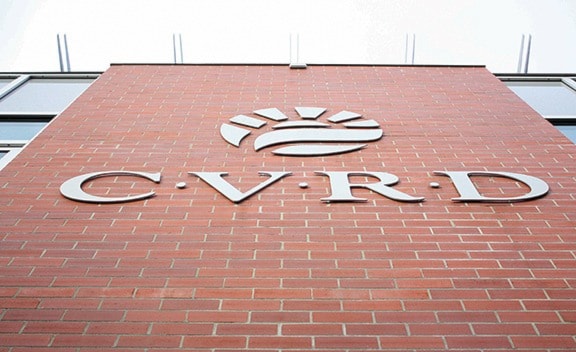The two Cowichan Valley Regional District bylaws that were the subject of considerable debate at a noisy meeting last month passed the alternative approval process (AAP) and were adopted Dec. 9 by the CVRD board.
Opponents of the flood management and the arts and culture funding bylaws could not motivate 10 per cent of the electorate to come out to vote and stop them, so they moved ahead, Lake Cowichan Coun. Bob Day told his colleagues at a town council committee meeting Dec. 15.
Town CAO, Joe Fernandez, noting that comments have been made by members of the public that the AAP process is not democratic, said that he disagreed with them.
“It now takes 10 per cent of the electorate to defeat a bylaw but that’s not always been the case,” he said. “At one point, 25 per cent was required to defeat a bylaw but it was local government that made representation to the provincial government and that’s how that number went from 25 per cent down to 10 per cent. Now, if 10 per cent of people say no to something, it’s stopped. This is more than democratic, I’d say.”
Mayor Ross Forrest also spoke about the call from certain members of the public for more referendums.
He said he was worried that a small group of people could subject taxpayers to a costly process simply because opinions differ.
“That’s basically what the problem is with the AAP. Some people don’t think that their opinion is being respected or whatever, even in a referendum,” he said.
But, Forrest added, an election should mean something.
“Elected representatives, because they have been successful through a democratic process, should be able to make decisions on behalf of the people who elected them,” he said.
“People have to remember that. You can’t have a referendum every time somebody’s opinions differ. That’s why we have elected officials. Not just at this level but every level. That’s why we go through that election process.
“All an AAP or referendum does is give them another chance to express themselves. And it is costly. You can’t have that cost every single time. That’s how I feel about it,” Forrest said.
Day said, “That’s a great perspective. Without that election backing, you’re just another person with an opinion.”
He also noted that critics don’t always realize how much work elected representatives put in to make well-judged decisions.
“Not many members of the public would want to sit and listen to all the data [we hear] from all the environmental professionals who have spent years training,” he said.
Coun. Tim McGonigle, who has also served as town representative on the CVRD board, looked back on his experience.
“I think the struggle, the difference between municipal and regional government, is how you can acquire a function and implement a function. [Going to the public] is the only way you can do it at the regional district, if it’s a new function. You have to get voter assent somehow and that is how you have to do it. And you’re thinking of the taxpayer in the long run, are you not? Municipalities have a little more luxury in implementing things, unless we have to borrow over five years,” he said.
Day agreed.
“In order to develop a street lighting function for a subdivision in, say, Sahtlam, you have to have a street lighting function. It’s something people need in this day and age but that’s how it’s done,” he said.
•••
Lake Cowichan councillors also talked about the AAP approval for the new arts and culture function.
Day explained, “What that boils down to is the Kaatza Art Society came to us asking to use and share the Kasapi building [the former Logger Hut Restaurant, recently gifted to the Town of Lake Cowichan]. That was part of the initiative. This funding has a few strings attached to it but it also has support staff. Kirsten Schrader from the arts and culture branch of the CVRD will work with our community and Kaatza Arts Society is the group willing to carry this forward here. They get $5,500 a year once they establish some of the initiatives set out on the application. Part of it was having a permanent art display location, that’s open to the public, with regular business hours at least, that would promote arts and culture to the community.”
But, there’s more, he said.
“If that money isn’t used this year, it rolls over into next year so there would be $11,000 for them to move forward with something. I’m sure they know what they would like to do but if it can’t happen this year, they’ll know they will have a better pot to start with for the next year.”
McGonigle asked, “Given the timing of this, will it be implemented in time for the 2016 year?”
Day said that was not finished at the provincial level but “it is being implemented” and pointed out that the CVRD has until spring for budgeting.
